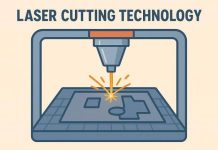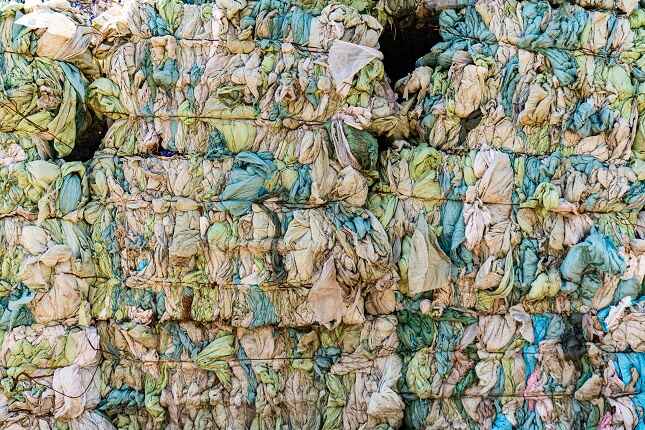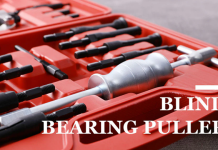In any industrial setting, from manufacturing plants and automotive garages to printing shops and maintenance facilities, managing operational costs is a constant priority. While large machinery and labor expenses often take center stage, the seemingly minor costs of consumable supplies can accumulate significantly over time. Among these, the choice of wiping materials plays a surprisingly vital role in both budget management and operational efficiency. Selecting cost-effective industrial rags is not merely about finding the cheapest option; it is a strategic decision that impacts workplace safety, productivity, and the bottom line. A thoughtful approach to sourcing and using these essential tools can yield substantial savings and improve daily workflows.
The true cost of a wiping solution extends beyond its initial purchase price. It encompasses factors like absorbency, durability, and reusability. A low-cost rag that tears easily or fails to absorb spills effectively requires workers to use multiple units for a single task, quickly negating any upfront savings. Conversely, a durable, highly absorbent rag may have a higher per-unit cost but ultimately proves more economical by reducing consumption. This total-cost-of-use perspective is critical for facility managers and purchasing agents aiming to optimize their budgets without compromising on quality or performance. The right choice ensures that tasks are completed efficiently, minimizing downtime and material waste.
The Financial Impact of Wiping Material Selection
Operational budgets in industrial environments are often tight, with every expenditure scrutinized. Consumables like wiping cloths can represent a consistent, recurring expense. According to industry analyses, businesses can spend thousands of dollars annually on disposable wipers alone. Shifting from a purely price-based purchasing model to a value-based one can unlock significant long-term savings. This involves evaluating how different types of rags perform in specific applications. For example, a rental shop towel program might seem convenient, but hidden costs such as replacement fees for lost or damaged towels, environmental charges, and inconsistent quality can inflate expenses. A 2017 study highlighted that businesses using rental towels often face unpredictable cost fluctuations, making budget forecasting a challenge.
In contrast, purchasing rags outright provides greater control over inventory and cost. Buying in bulk often reduces the per-unit price, and facilities can select materials specifically suited to their needs. Reclaimed or recycled textiles, for instance, offer a highly cost-effective and environmentally conscious option. These materials, often derived from pre-consumer textile remnants or post-consumer clothing, provide excellent absorbency and durability at a fraction of the cost of new materials. By analyzing the total volume of wipers used per month and comparing the lifecycle cost of different options—including purchase price, disposal fees, and the labor hours spent on re-ordering or managing rentals—organizations can identify the most economically sound solution for their specific operational demands.
Material Types and Their Economic Advantages
The market for industrial wiping materials is diverse, with each type offering a unique balance of cost, performance, and application suitability. Understanding these differences is key to making an informed, cost-effective decision. The materials range from virgin textiles and nonwoven disposables to reclaimed fabrics, each with distinct benefits.
New materials, such as huck towels or bar mops, are known for their uniformity, high absorbency, and lint-free properties, making them ideal for sensitive tasks like cleaning glass or preparing surfaces for painting. While their initial cost is higher, their durability allows for multiple washes and reuses, which can lower the long-term cost per use. For operations where preventing contamination is paramount, new, clean rags are often a non-negotiable requirement.
On the other end of the spectrum, reclaimed materials provide an excellent balance of performance and value. These are typically sorted by fabric type, such as cotton T-shirts, flannel, or sweatshirts. Color-sorted rags are perfect for general-purpose cleaning, grease absorption, and maintenance tasks where color bleeding is not a concern. White reclaimed industrial rags are particularly useful as they allow workers to see the amount of dirt, oil, or solvent being removed, and they eliminate the risk of dye transfer onto sensitive surfaces. Because they are derived from recycled sources, their cost is significantly lower than that of new materials, making them a budget-friendly staple for many workshops and factories.
Nonwoven wipers, made from materials like DRC (Double Re-Creped) or spunlace fabrics, are engineered for specific properties. They offer consistent size, shape, and absorbency, and are often designed to be low-linting and solvent-resistant. These disposable options can enhance efficiency and hygiene, as they eliminate the need for laundering. While the per-unit cost may be higher than some reclaimed rags, their specialized performance can reduce the quantity needed for a given task. For applications in electronics assembly, printing, or pharmaceuticals, the precision and cleanliness of nonwovens often justify the expense. Thoughtful procurement of the right industrial rags for the job prevents overspending on high-performance wipers for tasks that only require basic absorption.
Choose the Right Rag for the Job
Optimizing costs requires a granular approach: using the right tool for the job. Assigning high-cost, lint-free wipers to a greasy floor spill is as wasteful as using a low-grade, shedding rag on a sensitive piece of machinery. By categorizing cleaning tasks within a facility, managers can allocate the most appropriate and cost-effective type of rag for each one. This strategic allocation prevents waste and ensures that performance standards are met without overspending.
A simple, effective system can make a significant difference. Consider implementing a tiered approach to your wiping supplies:
- Tier 1: Heavy-Duty, General-Purpose Cleaning: For tasks involving grease, oil, and heavy grime, use highly absorbent and durable reclaimed materials like colored cotton or sweatshirt rags. These are inexpensive and can handle rough surfaces without falling apart.
- Tier 2: Intermediate Cleaning and Polishing: For surface preparation, wiping down machinery, or general maintenance where dye transfer is a concern, use white reclaimed industrial rags like T-shirt or sheeting materials. They offer good absorbency without the risk of color bleeding.
- Tier 3: Sensitive and Critical Tasks: For cleaning glass, electronics, or pre-paint surfaces, use new, lint-free materials like huck towels or specialized nonwoven wipers. Their cleanliness and consistent performance are essential for achieving a flawless finish and preventing contamination.
This tiered strategy ensures that you are not paying a premium for features that are unnecessary for a particular job. Educating staff on which rags to use for which tasks reinforces this cost-saving discipline. Providing easy access to each type of rag in designated areas further encourages compliance and streamlines workflows. Proper selection of industrial rags based on application is a cornerstone of efficient and economical operations. By aligning material characteristics with job requirements, businesses can drastically reduce their consumption of wiping materials and associated costs.
Final Analysis
Ultimately, managing the cost of daily operations involves paying close attention to the details, and the choice of industrial wiping materials is a prime example. Moving beyond a simple price-per-pound comparison to a more holistic, value-based assessment reveals significant opportunities for savings. By analyzing the total cost of use, considering factors like absorbency, durability, and the specific demands of each task, businesses can develop a smarter purchasing strategy. Whether opting for new, lint-free cloths for critical applications or embracing the economic and environmental benefits of reclaimed textiles for general-purpose cleaning, a well-defined approach ensures maximum efficiency and fiscal responsibility. The right rag is more than just a piece of cloth; it is a tool that, when chosen wisely, contributes to a safer, more productive, and more profitable workplace.









































